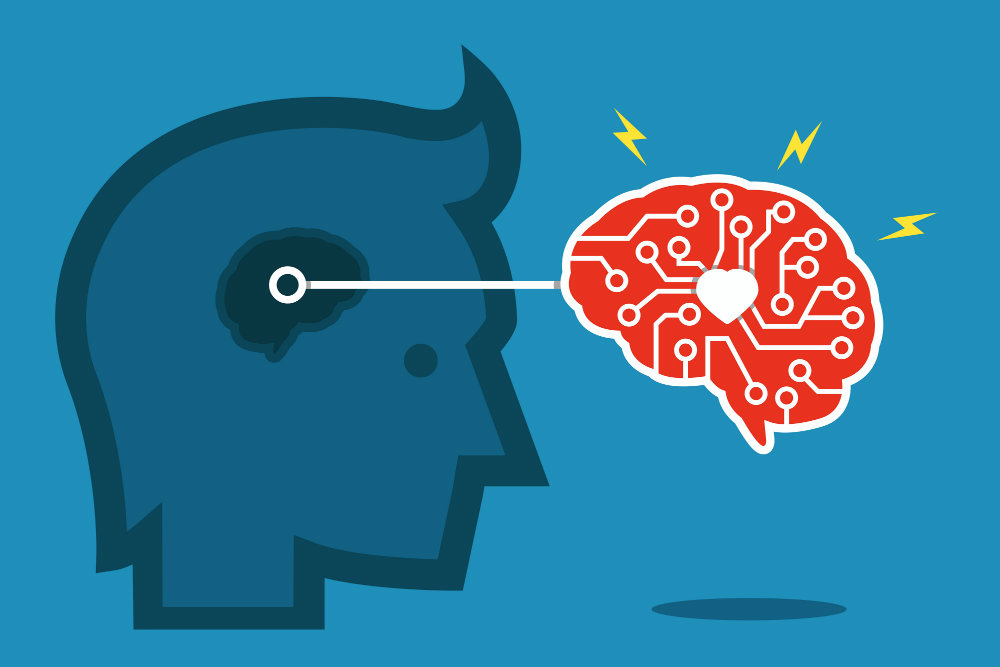Key Takeaways:
- New brain tools help us study how consciousness works.
- Brain-computer interfaces let thoughts control machines.
- Tiny brain organoids raise big ethical questions.
- High-resolution imaging maps wakefulness networks.
- These advances promise new therapies and insights.
Unlocking Consciousness with Brain Tech
Scientists have long asked how consciousness arises in our brains. Now, new brain tools drive excitement everywhere. Moreover, researchers use brain-computer interfaces to decode signals. Also, they build tiny brain organoids to test ideas. Therefore, our picture of consciousness grows richer by the day.
How Brain-Computer Interfaces Are Changing Consciousness
Brain-computer interfaces connect the brain to machines. First, they record electrical activity in real time. Next, algorithms translate these signals into commands. For example, a paralyzed person can move a robotic arm by thought alone. In addition, researchers see patterns tied to focus, sleep, and awareness. Thus, they map the networks that support consciousness.
Because these interfaces improve, scientists explore new uses. They plan therapies for stroke, paralysis, and mood disorders. Also, they hope to treat epilepsy by detecting seizures before they start. Furthermore, some teams work on noninvasive versions that sit on the scalp. Altogether, these devices bring us closer to understanding awareness itself.
Why These Consciousness Breakthroughs Matter
Consciousness remains one of science’s biggest mysteries. Yet, these brain studies edge us toward answers. For starters, they reveal which areas light up when we think or feel. Beyond that, they show how networks switch on when we wake. That insight may help doctors spot disorders early. In short, mapping consciousness helps both science and medicine.
Moreover, tech advances spark new questions. What makes us aware of our thoughts? Could we share thoughts directly through interfaces? And might artificial systems ever gain real consciousness? These ideas once belonged to sci-fi, but now they sit on the lab bench. Consequently, the study of consciousness has never felt more urgent.
Ethical Questions Around Brain Organoids
Tiny brain organoids are clusters of nerve cells grown in a dish. Scientists use them to model brain development and disease. However, these organoids sometimes form neural networks. In effect, they mimic aspects of consciousness on a small scale. As a result, researchers worry they could feel pain or awareness.
Therefore, ethicists call for clear rules. They ask how large an organoid must grow before it gains any rights. Also, they debate if testing drugs on organoids could harm sentient tissue. So far, no organoid shows clear signs of consciousness. Yet, the field moves fast. Consequently, scientists meet regularly to set ethical limits.
Imaging Tools Revealing Consciousness Networks
High-resolution imaging gives us a window into the living brain. Techniques like two-photon microscopy let us see individual neurons fire. Also, functional MRI shows which brain areas light up together. Importantly, these tools reveal the wakefulness networks that underlie consciousness.
For instance, one study tracked blood flow changes in the thalamus during deep sleep. It found that certain hubs drop offline before we lose awareness. Meanwhile, other hubs stay active during dreaming. Thus, researchers map how the brain shifts between conscious states. This knowledge may help treat sleep disorders and anesthesia issues.
The Future of Consciousness Research
Looking ahead, multiple fields will team up to study consciousness. Neuroscience, computer science, ethics, and philosophy all play parts. Together, these groups will refine brain-computer interfaces. They will improve imaging tools. They will also set ethical guardrails for organoid research.
In therapy, we may see closed-loop systems that boost mood or alertness on demand. Also, we could restore sight or hearing by bypassing damaged areas. Moreover, by understanding consciousness, we might treat depression more effectively. In essence, the benefits stretch from medicine to machine learning.
Finally, this research could reshape our view of the mind. We may learn that consciousness is not a single spark but a network dance. We may discover ways to share thoughts or enhance focus. Indeed, the line between human and machine could blur. Yet, through it all, the quest to understand consciousness will guide us.
FAQs
What is a brain-computer interface and how does it work?
A brain-computer interface records signals from the brain and translates them into commands for machines. Sensors pick up electrical activity. Then computer algorithms decode the patterns. This allows users to control devices by thinking.
Can brain organoids develop consciousness?
Current organoids lack the complex structure of a human brain. So far, they show simple neural activity without clear signs of awareness. However, as scientists grow larger organoids, they track ethical concerns. Rules now guide how big organoids can get and how they may be used.
How do imaging tools map consciousness?
Advanced scans track blood flow and neural firing in real time. Techniques like functional MRI and two-photon microscopy reveal which brain areas work together. By comparing awake, sleepy, and anesthetized states, researchers map the networks behind awareness.
What therapeutic uses might come from consciousness research?
Better understanding of consciousness could lead to new treatments for stroke, epilepsy, and mood disorders. Closed-loop systems may detect unhealthy brain patterns and correct them. Also, sensory prosthetics might restore lost functions by tapping into awareness networks.

